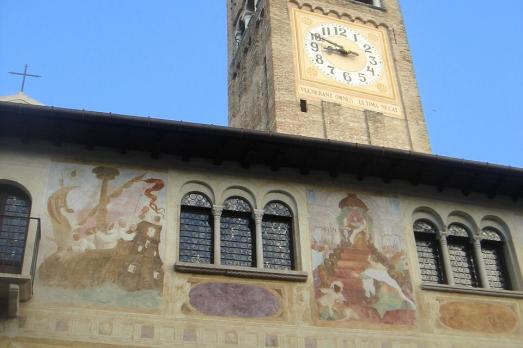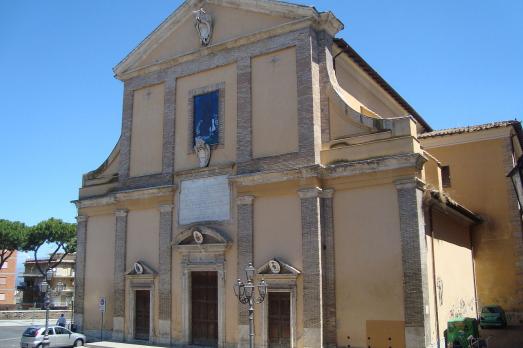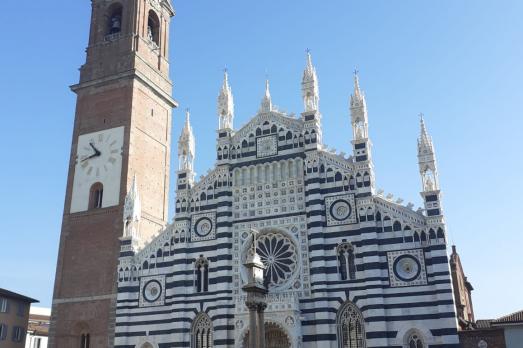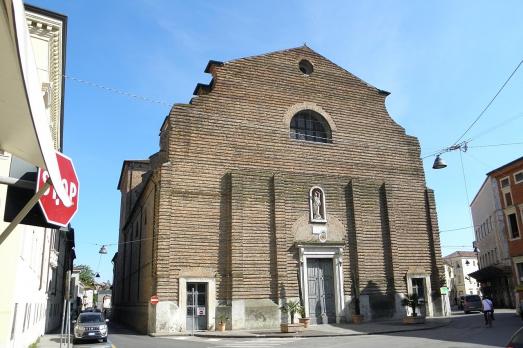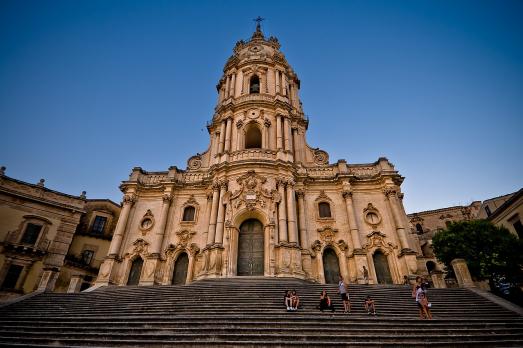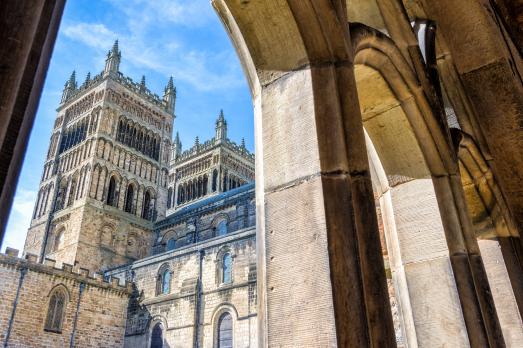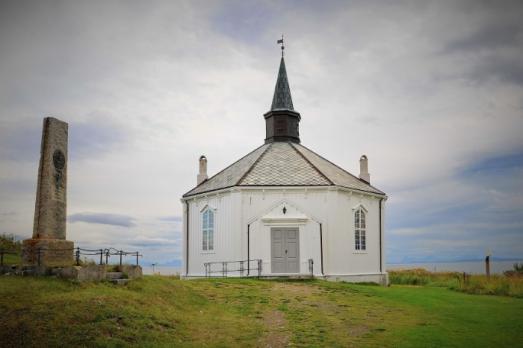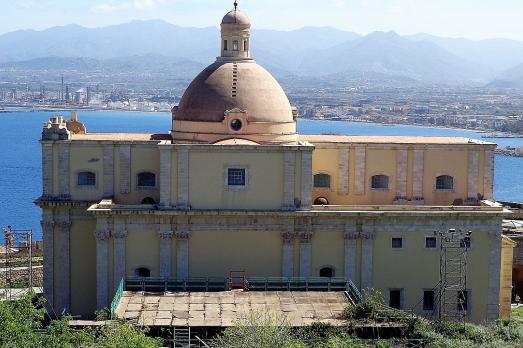
Duomo Antico di Santo Stefano
Milazzo, IT
The old cathedral was built from 1607 onwards in the Mannerist style. The consecration took place in 1616 before the work was completed, and it was not finished until 1642. From 1718 to 1720, during the "War of Succession", the cathedral was temporarily converted into a military hospital and the women's monastery into a grain store. Following the clashes between Garibaldi's troops and the Bourbons on 20 July 1860, the church was damaged and vandalised, leading to its closure. From 1937, a new cathedral was built, which gave the old cathedral its present name.
